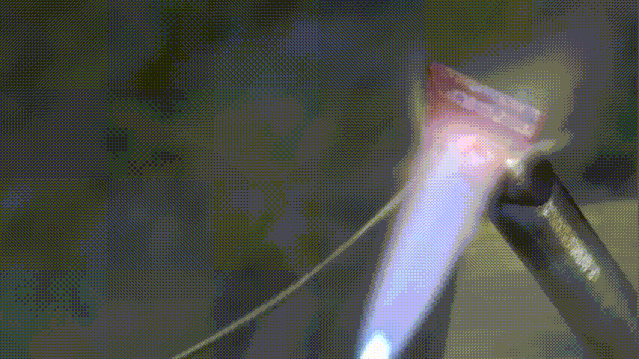1. Welding rod Arc welding
Welding rod Arc welding is one of the most basic skills that welders master. If the skills are not mastered properly, the welded joints will have various defects.
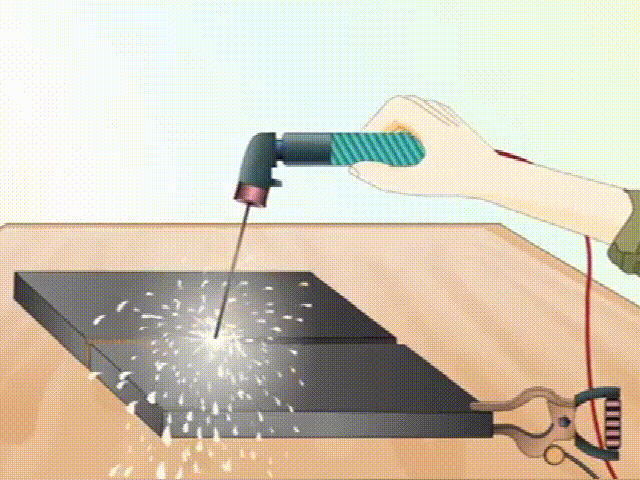
2. Submerged arc welding
Submerged arc welding is a welding method using arc as heat source. Due to the large penetration of Submerged arc welding, the productivity and welding quality are good: because of the protection of slag, the molten metal is not in contact with the air, and the degree of mechanized operation is high, it is suitable for welding long welds of medium and thick plate structures.
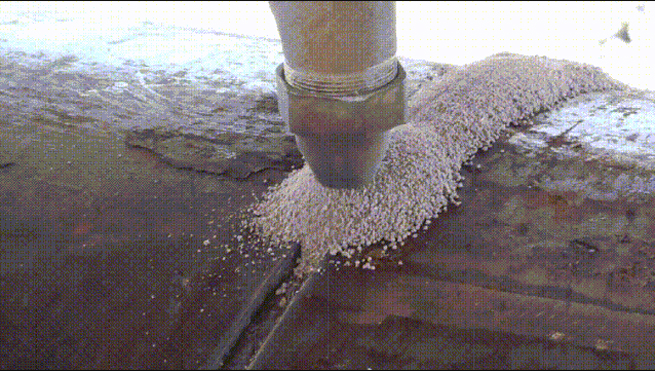
3. Argon arc welding
Share a few precautions for argon arc welding with everyone:
(1) The tungsten needle needs to be sharpened frequently, and if the current is blunt and not concentrated, it will bloom. (2) When the distance between the tungsten needle and the weld seam is close, it sticks together, and when it is far away, it arcs and blooms. As soon as it blooms, it burns black. The tungsten needle is almost bald and has strong radiation on itself. It's better to be closer.
(3) The control of switches is an art, especially for thin plate welding, which can only be done in one click. This is not an automatic welding machine that automatically moves and feeds wires, it can burn through continuously.
(4) To provide wire, this is a tactile, high-quality welding wire that is cut from 304 plates using a shearing machine, not purchased in bundles. Of course, good ones can be found at wholesale points.
(5) Try to work under ventilated conditions, equipped with leather gloves, clothing, and automatic dimming masks.
(6) To block the arc light from the ceramic head of the welding gun, the tail of the welding gun should be oriented towards your face as much as possible.
(7) You are a senior technician who can have intuition and premonition about the temperature, size, and switch action of the molten pool.
(8) Try to use tungsten needles with yellow or white markings, as this requires high craftsmanship.
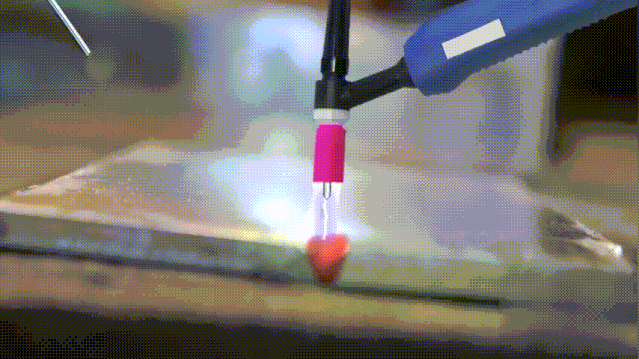
4. Gas welding
Oxygen fuel gas welding (OFW) is the use of flame to heat the metal and welding wire at the junction of metal workpieces, melting them to achieve the purpose of welding. The commonly used combustible gases are acetylene, liquefied petroleum gas, and hydrogen, while the commonly used combustion supporting gas is oxygen.
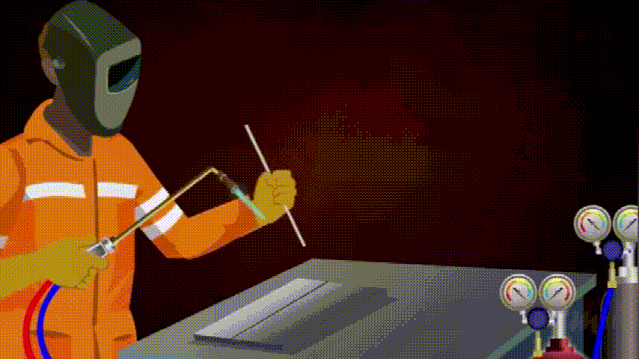
5. Laser welding
Laser welding is an efficient and precise welding method using high energy density laser beam as heat source. Laser welding is one of the important aspects of the application of laser material processing technology. In the 1970s, it was mainly used for welding thin-walled materials and low-speed welding. The welding process belongs to the heat conduction type, that is, laser radiation heats the surface of the workpiece, and the surface heat diffuses internally through heat transfer. By controlling parameters such as the width, energy, peak power, and repetition frequency of the laser pulse, the workpiece is melted to form a specific molten pool.
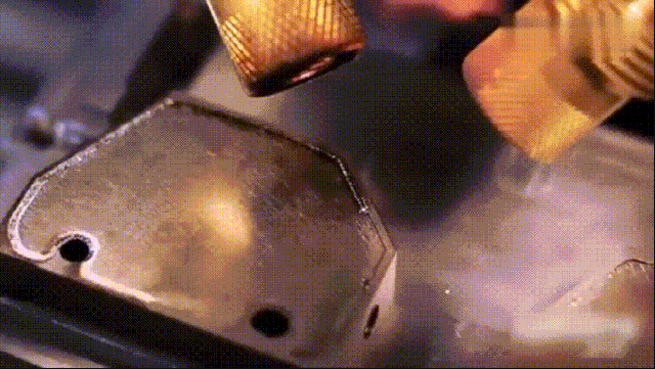
6. Secondary welding
Some welders believe that secondary welding is the simplest because it is the easiest to get started and learn. Generally, for beginners who have not had any experience with welding, if a welder teaches them for two to three hours, basic simple position welding can be operated.
There are several key points in learning secondary welding: hands should be stable, current and voltage should be adjustable, welding speed can be controlled, and gestures can be mastered by watching more videos. Then, mastering the welding sequence can basically meet most of the job requirements.
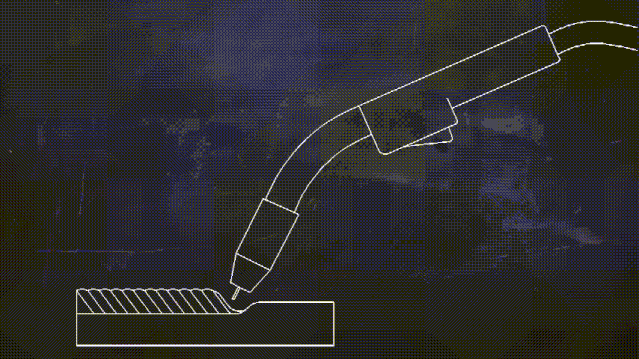
7. Friction welding
Friction welding refers to the method of welding by using the heat generated by the friction of the workpiece contact surface as the heat source to cause plastic deformation of the workpiece under pressure.
Under the action of pressure, the relative motion between welding contact surfaces is utilized to generate friction heat and plastic deformation heat in the friction surface and its surrounding areas under constant or increasing pressure and torque, causing the temperature in the vicinity to rise to a temperature range close to but generally lower than the melting point. The deformation resistance of the material is reduced, plasticity is improved, and the oxide film at the interface is broken. Under the action of top forging pressure, With the plastic deformation and flow of materials, the solid state welding method realizes welding through Molecular diffusion and recrystallization of the interface.
Friction welding usually consists of four steps: (1) converting mechanical energy into thermal energy; (2) Plastic deformation of materials; (3) Forging pressure under thermoplasticity; (4) Intermolecular diffusion recrystallization.
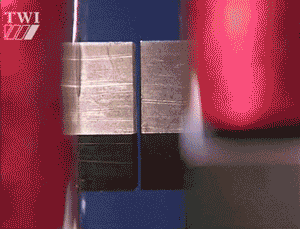
8. Ultrasonic welding
Ultrasonic welding is to use high-frequency vibration waves to transmit to the surfaces of two objects to be welded. Under pressure, the surfaces of two objects rub against each other to form a fusion between molecular layers. The main components of a set of Ultrasonic welding system include ultrasonic generator/transducer/horn/welding head triplet/mold and frame.
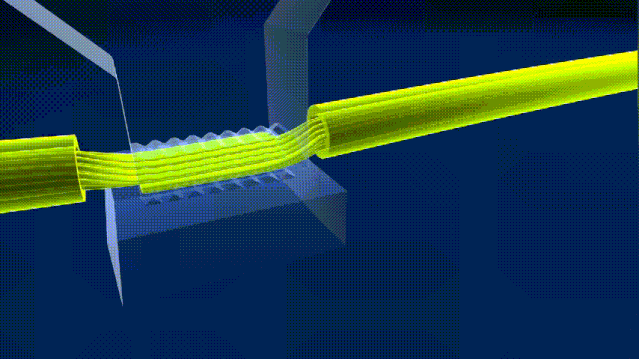
9. Soldering
Brazing is a method of using metal materials with a lower melting point than the base metal as the brazing material, heating the weldment and brazing material to a temperature higher than the melting point of the brazing material and lower than the melting temperature of the base metal. The liquid brazing material is used to wet the base metal, fill the joint gap, and diffuse with the base metal to connect the weldment. Brazing has small deformation and smooth and beautiful joints, making it suitable for welding components that are precise, complex, and composed of different materials, such as honeycomb structural plates, turbine blades, hard alloy cutting tools, and printed circuit boards. According to the different welding temperatures, brazing can be divided into two categories. Welding heating temperature below 450 ℃ is called Soldering, and above 450 ℃ is called brazing.
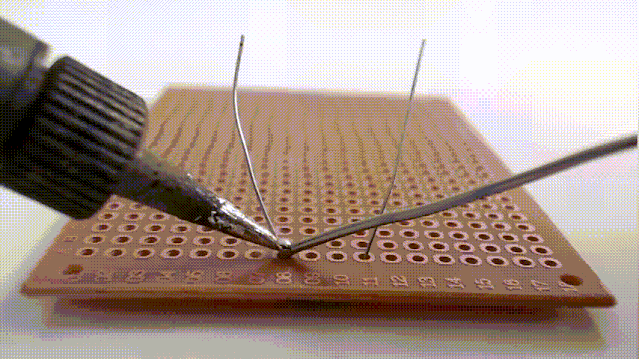
10. Brazing
